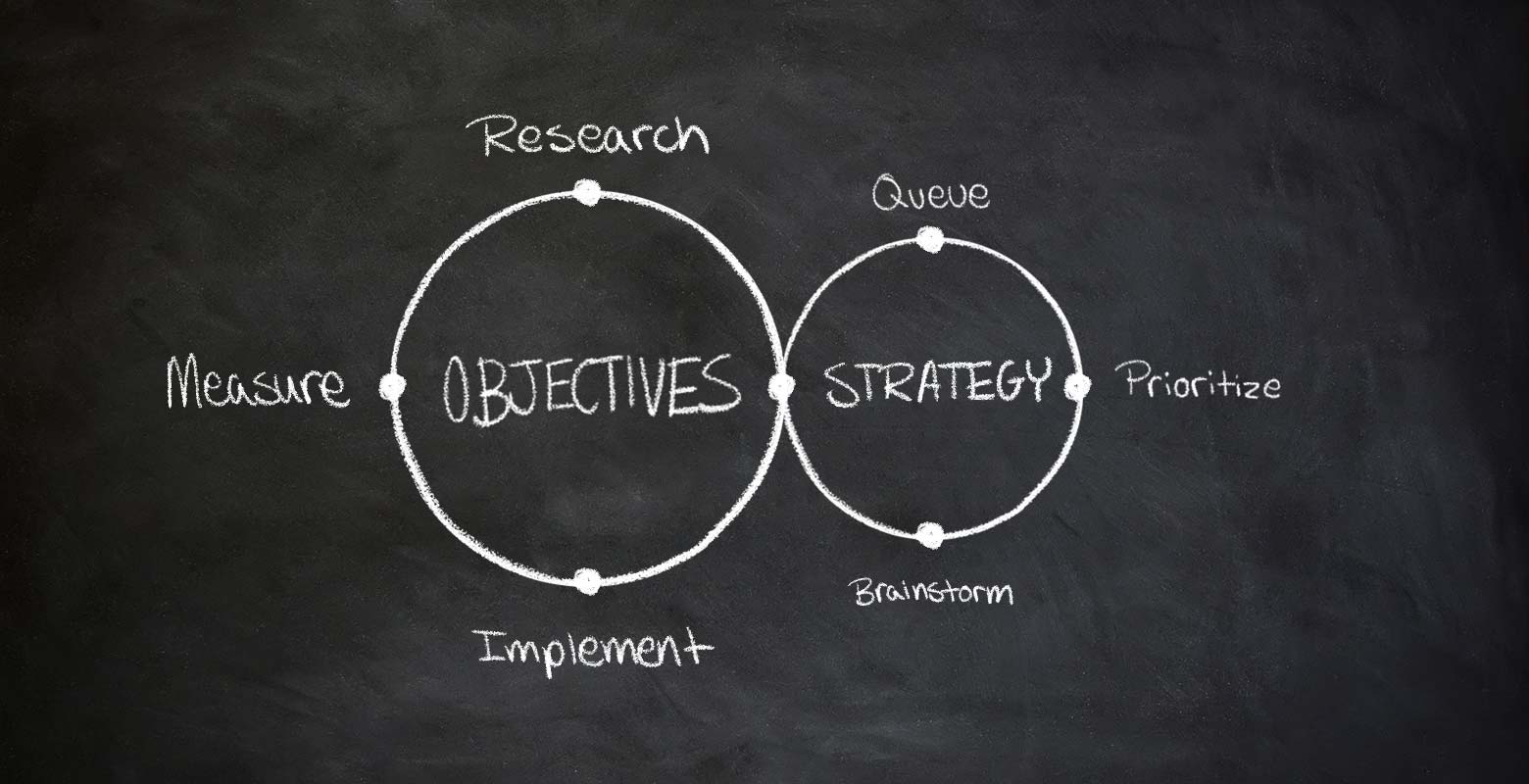Part 2 of The CRM Implementation Series.
 When we work with clients on the design of their CRM software, our first step is to understand their requirements. To design a system to meet a customer’s objectives, we must have a detailed understanding of what those objectives are. The requirements gathering process must follow a disciplined approach that relies only on validated facts and observations and is absent of assumption. To accomplish this, I’ve included a series of best practices that should be followed.
When we work with clients on the design of their CRM software, our first step is to understand their requirements. To design a system to meet a customer’s objectives, we must have a detailed understanding of what those objectives are. The requirements gathering process must follow a disciplined approach that relies only on validated facts and observations and is absent of assumption. To accomplish this, I’ve included a series of best practices that should be followed.
This article is the second in the CRM Implementation Series. In this article I discuss six best practices for requirements gathering:
- Do not assume anything. Be thorough in the investigation and don’t leave loose ends. Ensure that key requirements are discussed with management and also with the employees who work directly with the system. This double-checking will identify perception gaps, possible resistance, and any misconceptions about the end goals.
- Ensure that there are clear, concise, and understandable metrics in place to evaluate the success of the new system. When clear parameters are in place, the external consultants and internal staff members can build trust and a common goal of success. Everyone will understand when the project is on track and when issues arise that need to be addressed to achieve project success.
- Identify and document risks. If you understand what the risks of a project are, you can take steps to reduce those risks.
- Use project management tools such as flowcharts and use-cases for key requirements. CRM software addresses the entire company including sales, marketing, customer service, and finance. There are multiple interactions between business processes and employees. Flow diagrams can help clarify these interactions. Use-cases illustrate in practical terms, how fundamental operations will be handled in the system. Keep these diagrams and use-cases easy to read so that anybody interested in the project can be engaged and provide feedback.
- Learn and use the MoSCoW method, or find one that is equivalent. This method forces all requirements to be categorized:
- Must have
- Should have
- Could have
- Won’t have but would like.
By using this method, you can prioritize the requirements and determine which elements can be implemented given time and budget constraints.
- Organize the project. Identify all of the systems touch points and break them down into specific domain areas. For example, CRM often touches accounting, sales, and support. Each of these domain areas is unique, yet they are held together but a common element – the customer. By organizing your work along domain areas, you can get a full picture of the effect a process has on the entire organization.
Documenting requirements is a crucial first step for the implementation of a CRM solution. Follow these best practices to ensure this step is completed successfully.




